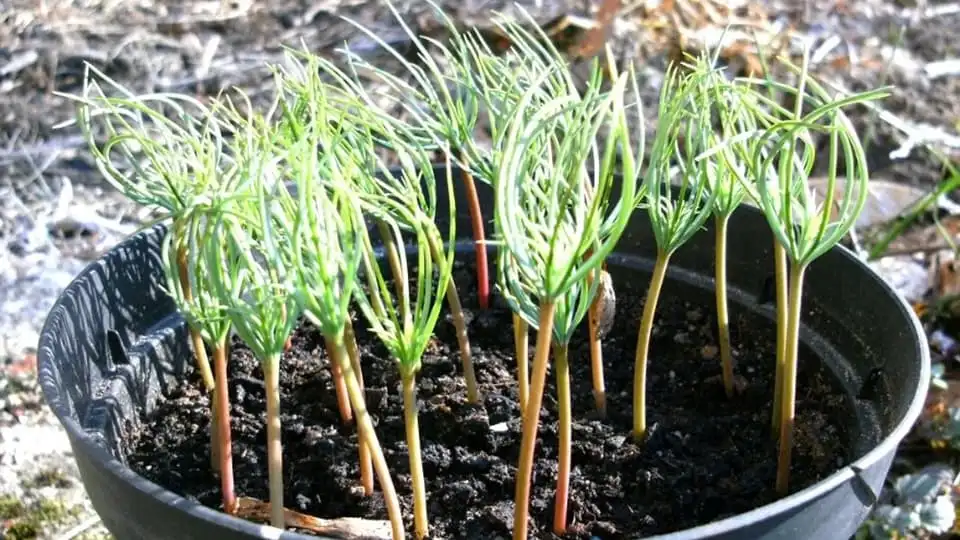Growing Cedar from Pine Nuts
Few people know, but the fact remains - Siberian cedar has long been bred in the Russian Federation. iberian cedar has long been bred in the Russian Federation.

Few people know, but the fact remains – Siberian cedar has long been bred in the Russian Federation. There are several growing Siberian cedar methods – either by grafting cuttings onto Scots pine (vegetatively) or by growing cedar from seeds. The second method is widespread, and you can even grow cedar at home – you need to know the small secrets of growing this valuable tree.
Why is Siberian cedar useful? Well, first of all, pine nuts are a storehouse of vitamins. They (nuts) contain vitamins A and B. Vitamin A is a growth vitamin, and vitamin B group improves the cardiac activity. This vitamin is indispensable for the normal functioning of the nervous system. Cedar resin, or sap, is a unique, organic material. For a long time, the resin treats purulent wounds, cuts, and burns. Cedar needles contain a lot of potassium, iron, copper, and other trace elements. In general, everything in the Siberian cedar is valuable. And how handsome he is!
So how do you grow this wonderful tree? It is best to use nuts directly from the pine cones for planting cedar. Cedar cone is a natural packaging for nuts, in which they correctly retain their germination. Planting seeds start in the fall, late September-early October – then the results are better. But before that, the seeds are treated uniquely – first, they soak in warm water (somewhere around 25-30 degrees). Soak for 4-6 days. You need to change the water after one or two days. Next, mix the seeds with river sand or peat chips at room temperature. This procedure is called stratification. With proper care, seeds will give roots in 50-60 days. Ready-hatched seeds are taken out into the cold (temperature is about zero degrees) and stored until planting. In spring, you can also plant, disembarkation time: late April – early May. After planting, cover the beds with spruce branches – this is how to protect the crops from rodents.
And yet – when the seeds gave roots, they become excellent food for birds. These are mainly crows – they love the tender sprouts of cedar. Therefore, it is better to protect crops from birds in advance by covering them with a film. If the seedlings have sprung up too amicably, then it is necessary to dive them, plant them less often. As soon as the sprouts have appeared, they can and should be dug out (if the sprouts are too thick), cut the roots, and planted at the same depth as they were. Cedar seedlings can be dived in the second year after germination. Subject to agricultural technology rules, the survival rate of seedlings is usually very high – up to 95%. Saplings are very fond of moisture – therefore, it is better to shade the seedlings after planting in the open air. How? You can leave some of the weed without weeding everything. And since the plant is moisture-loving, this is not enough – it is imperative to ensure timely watering. It is better to hibernate under the snow.
After two or three years, we get excellent planting material – having planted Siberian cedar in your area, and you will not regret it! How beautiful the cedar blooms! And in general, it is stunning, and what a storehouse of vitamins you will have on the site! And the air will be much cleaner. Besides, you will be able to harvest cedar cones every year!
By the way, cedars grow not only in Siberia. They have taken root well in the Moscow region. They grow near Saint Petersburg and even in the Arctic – some are 100 years old and even 200 years old.